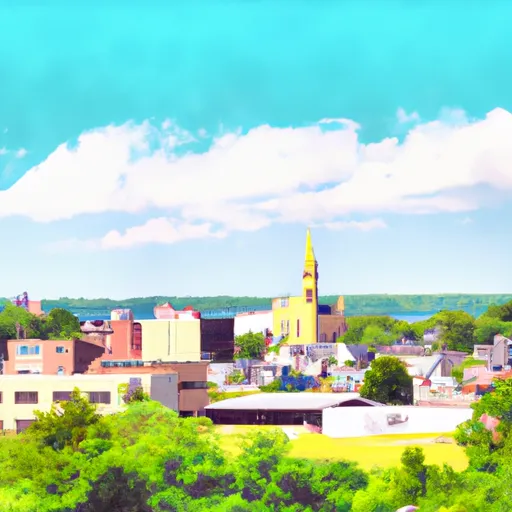°F
°F
mph
Windspeed
%
Humidity











Kiel is a charming village located in the eastern part of Wisconsin, known for its picturesque landscapes and small-town atmosphere. The climate in Kiel can be classified as a continental climate, characterized by warm summers and cold winters. Average temperatures range from 20°F (-6°C) in winter to 80°F (27°C) in summer.
Hydrology plays an important role in Kiel due to its proximity to the Sheboygan River. The river not only enhances the natural beauty of the area but also offers various recreational activities such as fishing, boating, and kayaking. Outdoor enthusiasts can also explore the nearby Kiel Marsh State Wildlife Area, home to diverse plant and animal species.
Kiel boasts multiple outdoor recreation opportunities. Golf enthusiasts can enjoy the beautiful Wander Springs Golf Course, offering a challenging yet scenic experience. The village is surrounded by rolling hills and open farmland, providing excellent conditions for hiking, biking, and exploring nature. In winter, residents and visitors can enjoy cross-country skiing and snowshoeing in the numerous trails available.
Overall, Kiel offers an inviting climate, abundant hydrology constituents, and a range of outdoor recreation opportunities, making it an ideal destination for nature lovers and outdoor enthusiasts.
Weather Forecast
Kiel receives approximately 815mm of rain per year, with humidity levels near 82% and air temperatures averaging around 8°C. Kiel has a plant hardyness factor of 5, meaning plants and agriculture in this region thrive during a short period during spring and early summer. Most plants will die off during the colder winter months.
Regional Streamflow Levels
3
Cubic Feet Per Second
369
Cubic Feet Per Second
3
Cubic Feet Per Second
16
Cubic Feet Per Second
Nearby Camping
| Camping Area | Reservations | Toilets | Showers |
|---|---|---|---|
| Hilltop Campground - Grayville | |||
| Oblong Park | |||
| Fox Ridge State Park | |||
| Oakland City Park | |||
| Mill Creek Park | |||
| Walnut Point State Park |



